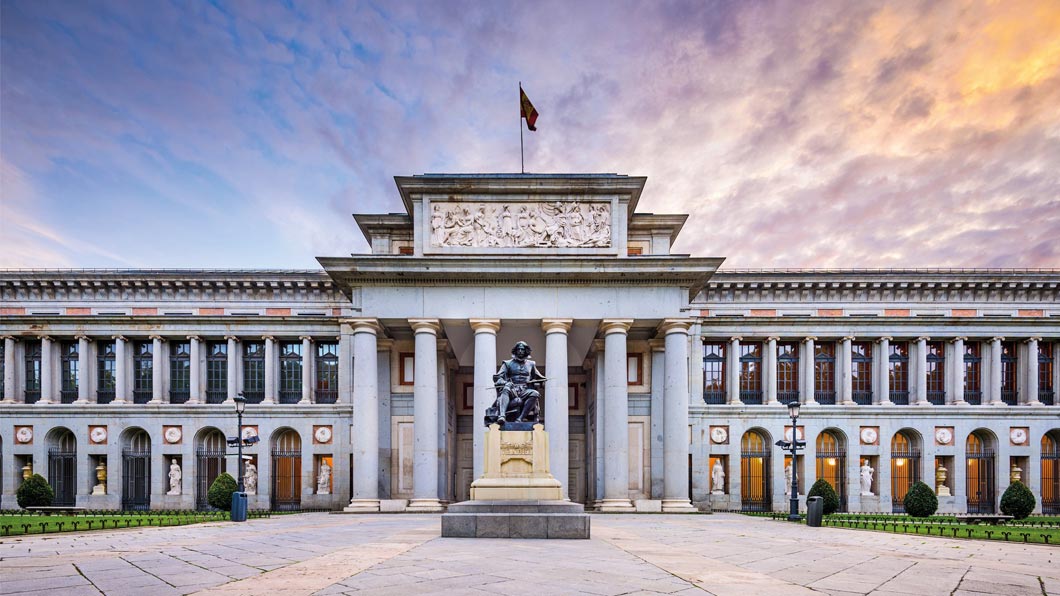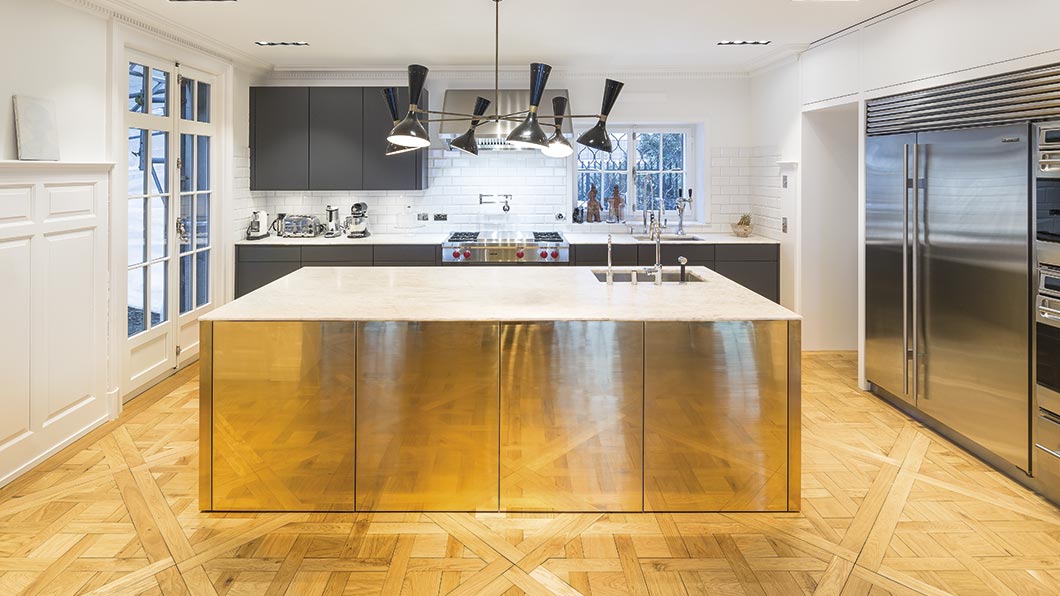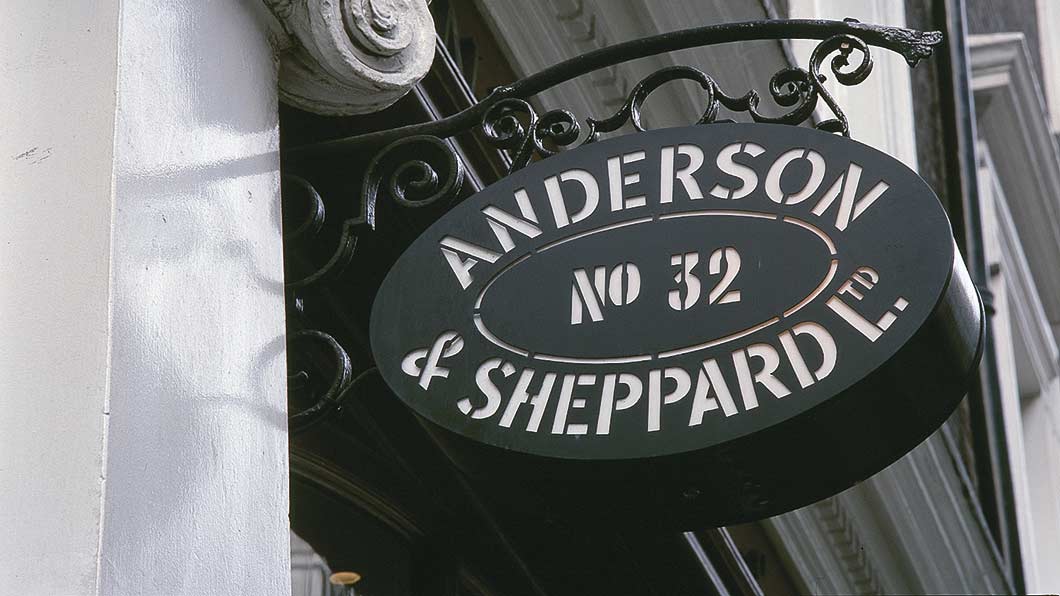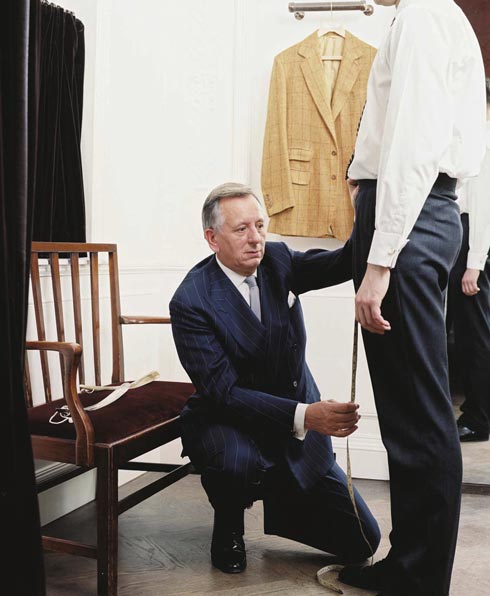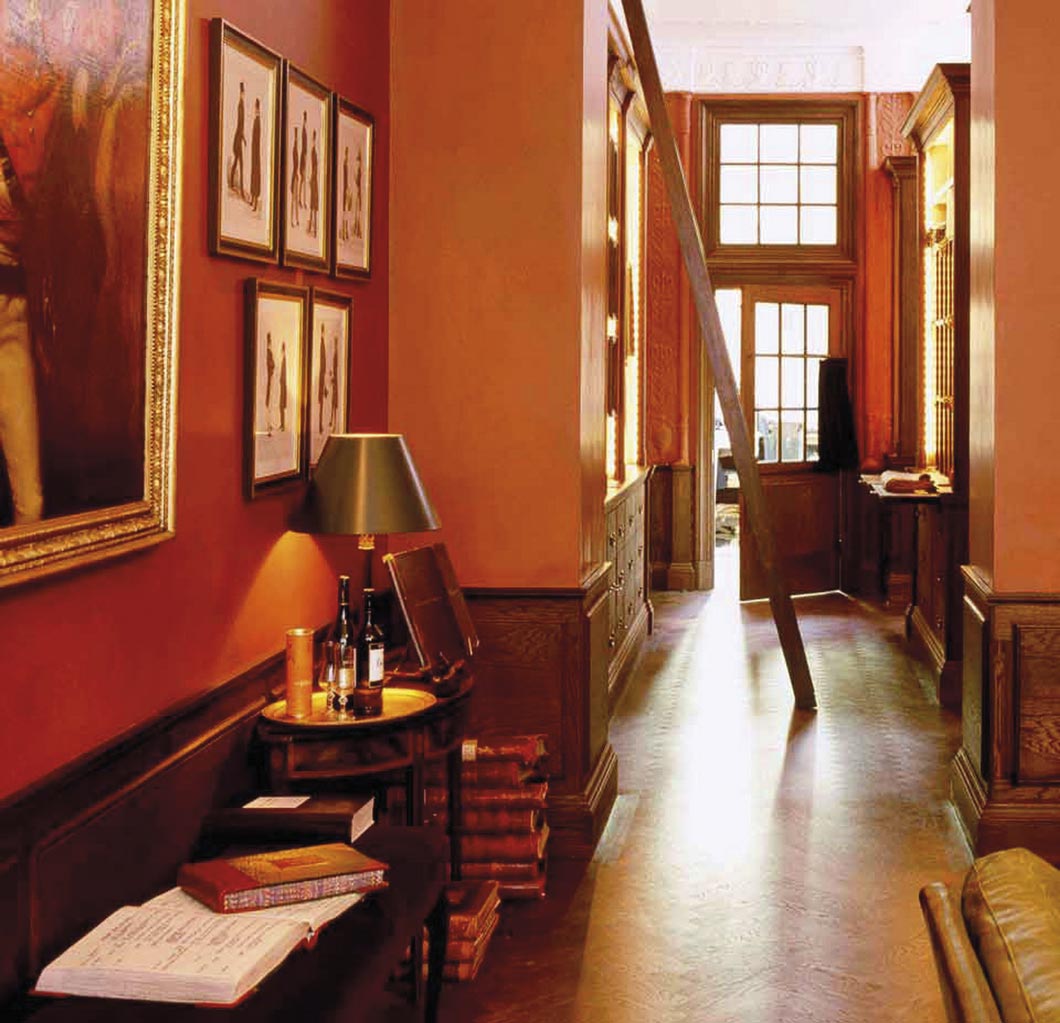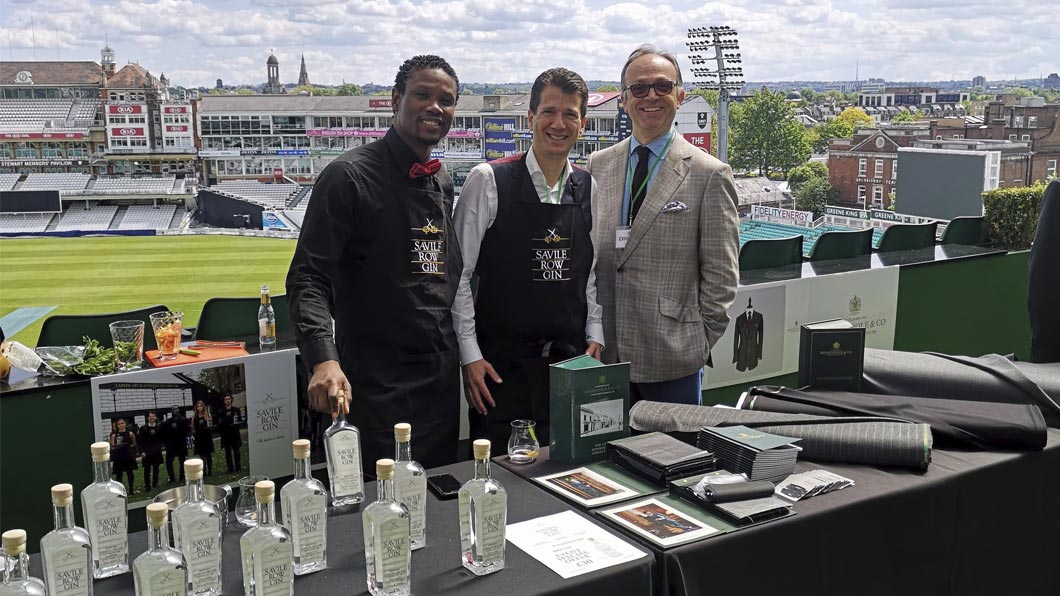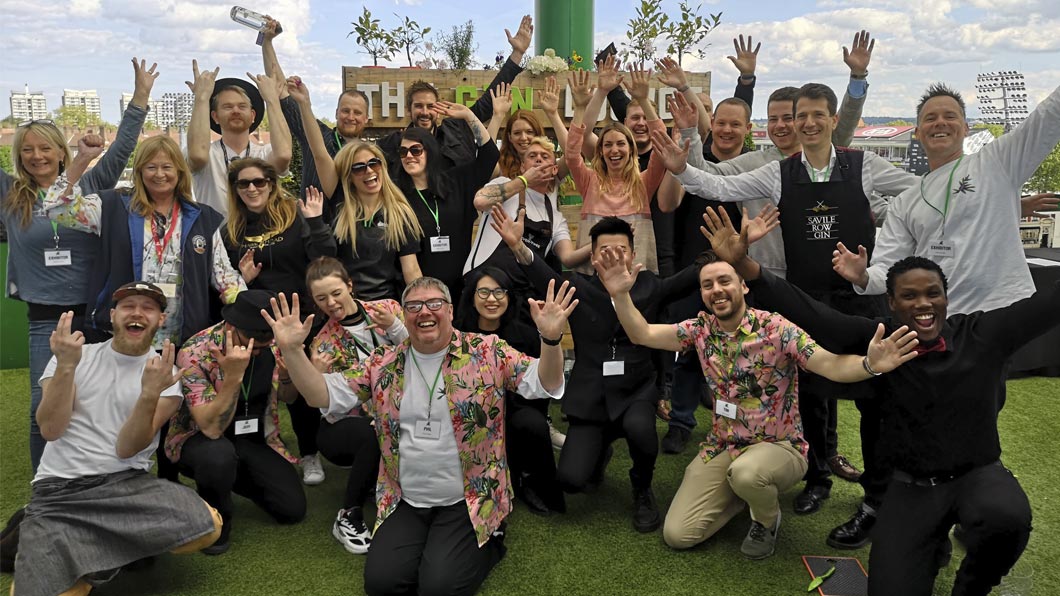CHULO ESPAÑA
Spain’s capital, Madrid is taking its rightful place among Europe’s most exciting city break destinations. Sarah Gordon gives an insider’s guide
Ernest Hemingway summed up the Spanish capital quite accurately when he said: “To go to bed at night in Madrid marks you as a little queer.”
After all, this is a city where dinner doesn’t start until 10pm, where cosy bars are found on every corner and where and fried doughnut-style churros and chocolate are served as breakfast to those returning from a night out at 6am.
Barcelona may be famed for its Gaudi architecture and beach style, but Madrid is known as the true city of Spaniards, where lively locals love nothing more than meeting in plazas for a caña (small beer), where all conversations happen 10 decibels louder than necessary and where, as Hemingway noted: “Appointments with a friend are habitually made for after midnight at the café.”
Perhaps it was this laid-back love of life that attracted the writers of Spain’s Golden Age to the smoky tapas bars of what is now known as the Barrio de las Letras, or District of Letters. Miguel de Cervantes, Lope de Vega and Francisco de Quevedo all frequented this neighbourhood, which is still famous as an artistic hub thanks to Madrid’s three spectacular art galleries: The Prado, Thyssen and Reina Sofia.
Whether it is elegant architecture, a love of art, or culinary prowess that brings you to this city, Madrid won’t disappoint.
And with new boutiques, eateries and ultra-stylish bars opening every week, Spain’s underrated capital is taking its rightful place among Europe’s most exciting city break destinations.
Where to stay
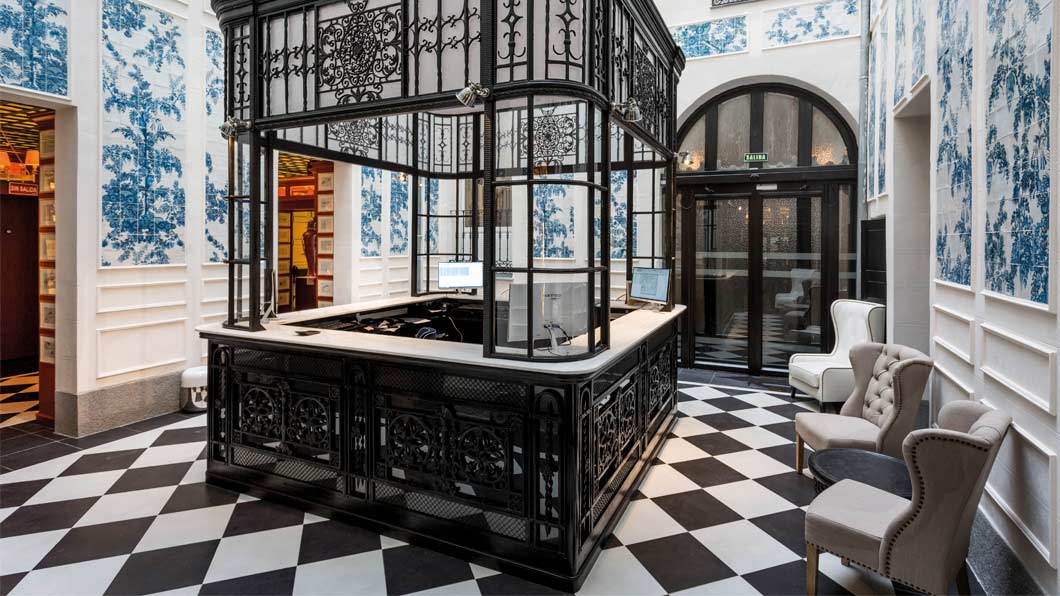
Bless Hotel, Madrid
For a city that never sleeps, Madrid certainly has plenty of hotel options, offering everything from old-world elegance to trend-setting style. The Gran Hotel Inglés is the city’s newest luxury hotel… and also its oldest. It went into business in 1886, welcoming the great and the good from writers to bullfighters, and has just reopened its doors following an extensive revamp. With Art Deco touches, a sleek spa and an oh-so-chic cocktail bar it is once again the place to see and be seen.
Chueca is at the heart of Madrid’s trendy bar and restaurant scene and its most stylish address is the Only You boutique hotel in a 19th century mansion. Set around a glamorous mirrored courtyard, the hotel unfolds to reveal a library, all navy blue tones and Chesterfield sofas, and a low lit lounge bar where you can enjoy a fino nightcap with the city’s fashionable set.
In January, another glamorous hotel opens its doors. Bless Hotel in the refined Salamanca district will have all the requisites of a modern luxury hotel; a rooftop pool, spa and a restaurant by 10 Michelin-star Basque chef Martín Berasategui.
Where to shop
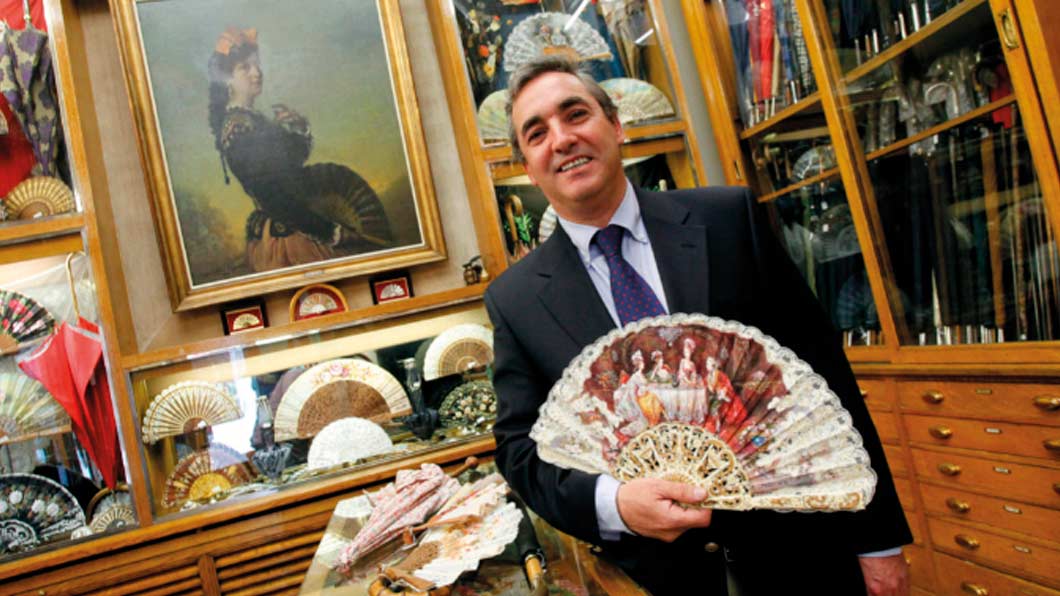
Casa de Diego
From the exclusive brands that line the Serrano street in the Salamanca district to the Chueca-based fashion brand Ecoalf, creating fashion pieces from recycled plastic (Queen Sofia is a fan), Madrid promises style at every turn. It is also where you can find those specialised boutiques lost long ago in many other cities.
Casa de Diego has been around for more than 150 years and sells and repairs everything from canes and umbrellas to castanets, but it is most famous for its beautiful handmade fans, while family-run Casa Hernanz has been selling Spain’s iconic espadrille shoes since 1840.
Spanish tailors have often been overlooked in favour of their European counterparts, but they offer great detailing and extremely good value for money, with a tailored suit often starting from 1,800-2,500 euros (£1,600-£2,200). Try three of the leading tailors; Reillo Sastre, Langa and Manuel Calvo de Mora.
Beyond its sartorial credentials, Madrid offers a delightful mix of other speciality shops, from the wine emporium that is Lavinia – complete with its own gastro bar – to the olive oils of Patrimonio Olivarero and cheese specialist Queseria Cultivo.
Dining in style
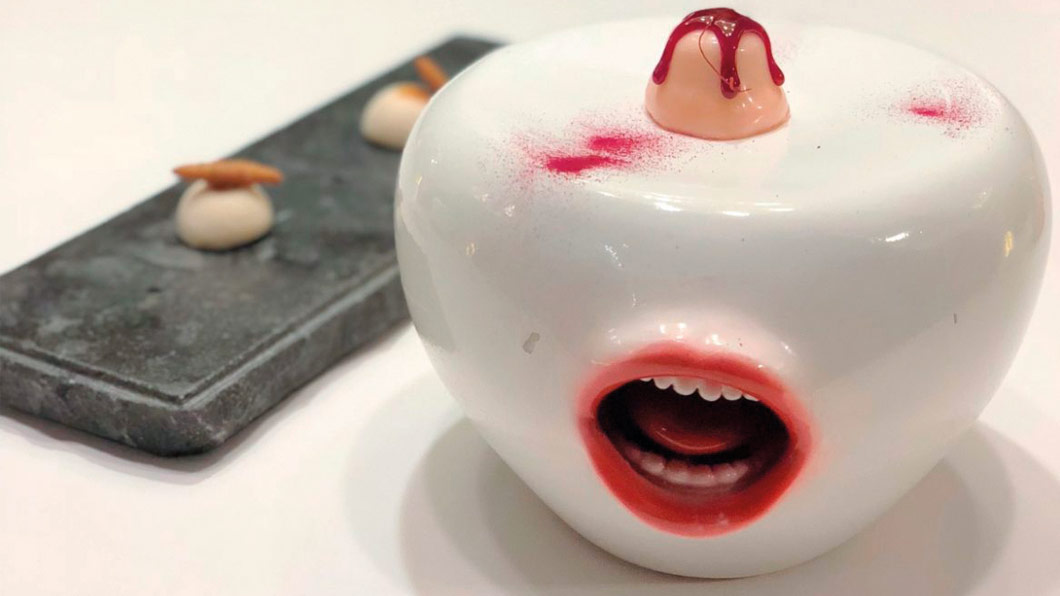
Manuel Calvo de Mora
Madrid may be famed for its tapas bars, offering delicious jamon iberico and crispy croquetas, but its food scene has undergone a sea-change in recent years. You can still enjoy tapas dishes at traditional spots such as historic Bodega de la Ardosa and the bustling San Miguel market right by the Plaza Mayor, but you are also spoilt for choice when it comes to fine dining.
With 21 Michelin stars in total, Madrid attracts the nation’s greatest chefs. David Muñoz’s DiverXO has three stars for its artistic menu and ambience, which he describes as similar to Cirque du Soleil, while Ramón Freixa’s self-named restaurant has two stars and a tasting menu served in surroundings of pared-down elegance.
Beyond Michelin-star style, there are so many wonderful eateries to choose from. Botin is in the Guinness Book of Records as the oldest restaurant in the world, having opened in 1725 (and yes, Hemingway had his own table here), and Bodega de los Secretos serves contemporary cuisine to tables set in the alcoves of a 17th century wine cellar.
An artistic hub
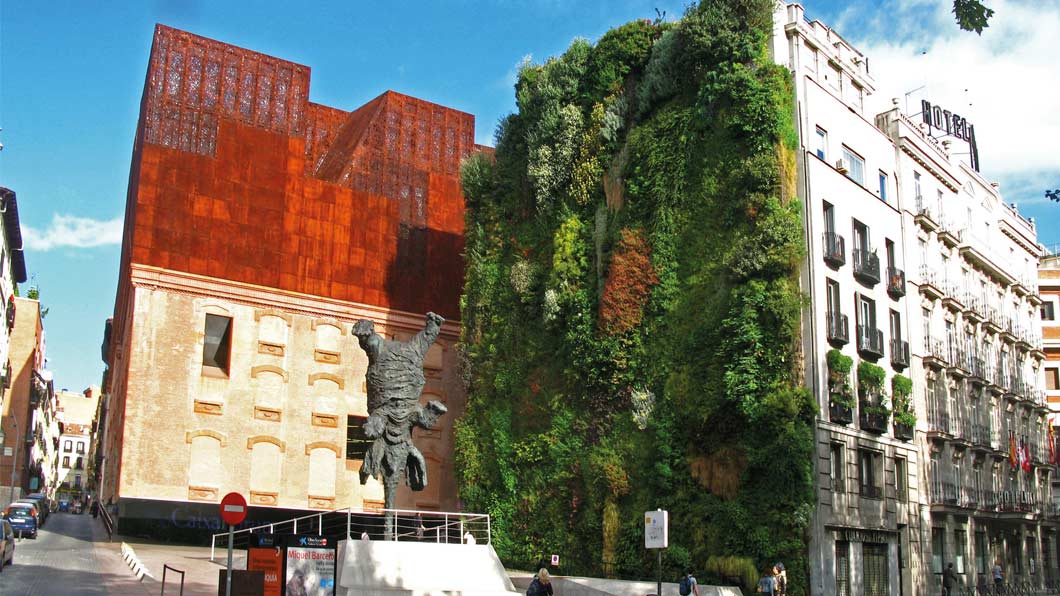
The Caixa Forum
Madrid is known as an arts city, helped in no small part by centuries of Spanish royals and aristocrats buying works of art to decorate their many palaces. The grand Prado museum first featured works of art from royal collections and is now home to the Spanish masters Goya and Velázquez, as well as works from all over Europe. The Centro de Arte Reina Sofía, featuring 20th century masterpieces, and the eclectic Museo Thyssen-Bornemisza complete the city’s spectacular artistic trio.
But Madrid’s artistic pedigree runs deeper still. The Caixa Forum hosts everything from contemporary art exhibitions to poetry readings and festivals, the Museo Sorolla is dedicated to the beautiful Mediterranean light painted by Joaquín Sorolla, and the elegant Real Academia de Bellas Artes is an impressive Old Masters gallery.
Madrid is also an architectural delight, its wide boulevards packed with Baroque grandeur (just take a stroll down Gran Via).
The vast Plaza Mayor is lined with ochre-coloured buildings, the 18th century Palacio Real is well worth a visit and bullring Plaza de Toros de Las Ventas is still in use. Add in genteel El Retiro, the landscaped park and gardens in the centre of the city, and the huge Casa de Campo park just beyond the palace, and you can see why Madrid is considered such a liveable city.
The best bars
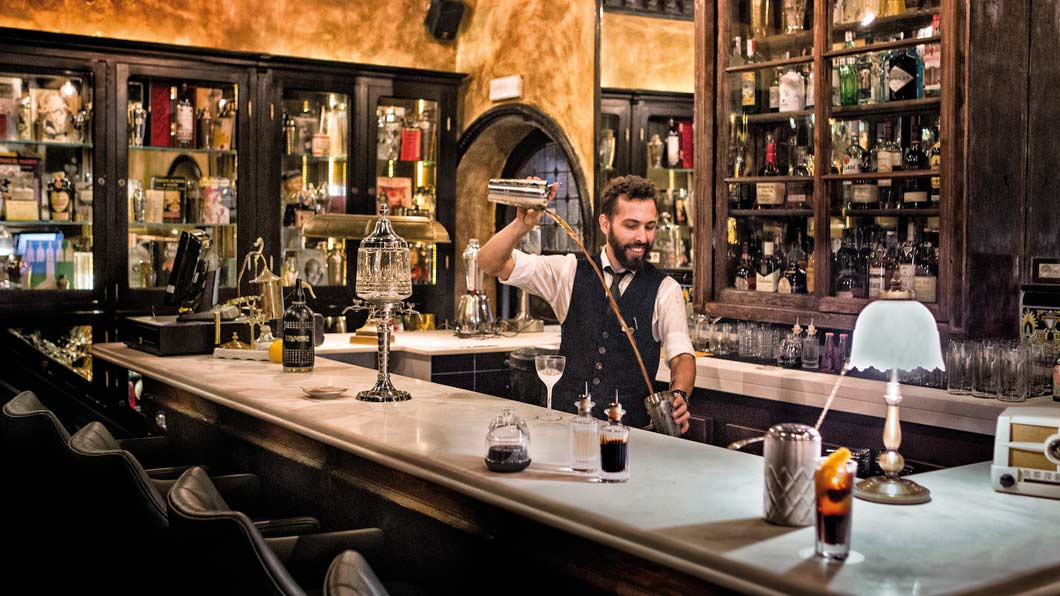
Viva Madrid
One of the cities with the highest density of bars in the world, Madrid will certainly spoil you when it comes to evenings out. And there is something for everyone, from Hemingway’s favourite haunt Cerveceria Alemana, where little has changed since it opened in 1904, to the palatial glamour of 1862 Dry Bar, set in a grand 19th century townhouse.
If it is tradition you want, the city still delights in classic bodega bars, often with a history stretching back more than a century. Dusty bottles line the walls at understated La Venencia (another Hemingway favourite), while Taberna de Angel Sierra is a delight of traditional coloured tiles and wood panelling and is perfect for a pre-dinner vermut (vermouth).
Viva Madrid first opened in 1856 and has been given a new lease of life as a cocktail bar and traditional tavern in one by Argentinian mixologist Diego Cabrera, while the Spanish have their own take on the gin and tonic, serving it in grand goblets, at the aptly named Gin Club.
Don’t miss Madrid’s many rooftop bars, perfect for enjoying great views and the warm evenings from spring to autumn. Gingko Sky Bar has just opened on the roof of the VP Plaza España Hotel, while The Roof at ME, atop the Melia Reina Victoria hotel, is an exclusive spot with signature cocktails and a DJ.
Spain’s capital, Madrid is taking its rightful



